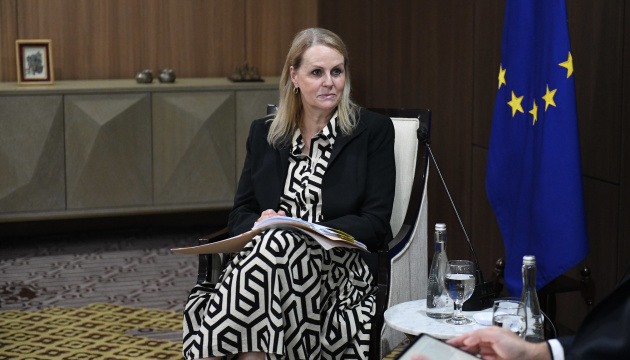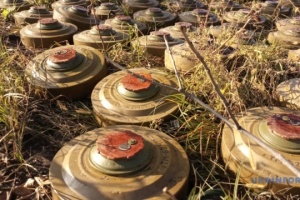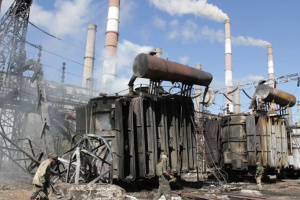
Asbestos in war debris waste poses long-term threat – head of DG Environment
This was stated by Director General of European Commission’s DG Environment, Florika Fink-Hoojer, who spoke in an interview with Ukrinform during the Ukraine Green Reconstruction Conference in Vilnius.
"When we talk about the debris, this is construction waste, or “destruction” waste, if I may say so, which unfortunately one has to also analyze. This waste cannot just be used in rebuilding again because of some legacy chemicals in destroyed buildings, like asbestos and others," the director general emphasized.
Noting that there are certain techniques to extract and use that type of waste, she noted that the most important thing is "to analyze the debris before it is used in rebuilding because of the enormous health hazards that we could have in the long run – even on the stage of dismantling."
“So the first thing to be done is quality mapping, which is undertaken by UNEP and partly by the European Union. There are satellite images that are used to this end but also the cadasters where municipalities will have to countercheck, what the building was like before it was destroyed, when it was built. Because normally you would know that before a certain year, asbestos had been widely used,” the official said, admitting that there is no guarantee that this data is available at all.
She admitted the scale of the existing challenge, adding that “Ukraine is very well aware of that problem, too”.
As reported, from November 28 to December 1, 2023, a Ukraine Green Recovery Conference is being held in Vilnius.
According to the Ministry of Environmental Protection, debris waste in Ukraine can already be compared with the amount of solid household waste generated in the country per year on average. The Cabinet of Ministers has approved the procedure for handling such waste.




